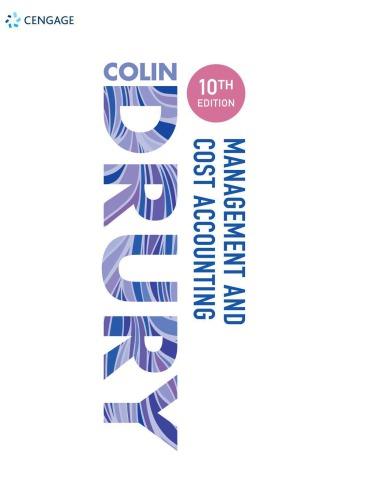The break-even price of crude oil includes production costs, exploring or finding costs, oil well development costs,
Question:
The break-even price of crude oil includes production costs, exploring or finding costs, oil well development costs, transportation costs, and selling and general administration expenses. A survey published in 2015 showed some interesting insights into the break-even price for producing crude oil. Petroleum extraction in the Arctic region shows the highest break-even price of \($75\) per barrel. On the other hand, Middle Eastern countries have the lowest price at \($27\) per barrel. US shale oil producers have a break-even price of \($65\) per barrel. These estimates are average break-even prices. The costs may vary depending on the oil well and its location. The chart below describes the break-even price for crude oil. According to a publication in Market Realist by Gordon Kristopher WTI (West Texas Intermediate)crude oil was currently trading at \($45\) per barrel at the time of the publication and Brent crude oil was trading at \($46.4\) per barrel. This massive price decline in the last six months will impact oil producers with high break-even prices. The margins of high break-even-price US shale oil producers will be impacted the most. As long as crude oil prices are around the break-even range of US shale oil, then US oil production growth will be slow. Production will likely decline over the long term, which in turn will have a positive impact on oil prices.
Questions:
1 Why will a decline in production have a positive impact on oil prices?
2 Why does the break-even price in the above chart differ according to the location of the oil wells?
3 Is the break-even price of crude oil more important than the break-even volume?
Step by Step Answer:






